Garden Harmony: Choosing the Right Plants for Your Perfect Oasis
Hey there, fellow green thumb! As we head into spring, it's the perfect time to start planning out our gardens for the season.
And one of the most important decisions we'll make? What plants to grow! It's like picking out your wardrobe for the year - you want to choose pieces that not only look great, but also make you feel confident and comfortable.
Now, I know plant selection can seem a bit overwhelming, especially if you're new to gardening.
But trust me, with a little bit of know-how and a whole lot of trial and error, you'll be picking out plants like a pro in no time.
I've been at this for years, and I still get giddy every time I browse the aisles at the nursery, dreaming up new and exciting combinations.
Factors to Consider
When it comes to choosing plants for your garden, there are a few key factors to keep in mind. First and foremost, think about your growing conditions.
What kind of soil do you have? How much sun or shade does your garden get? These factors will largely determine what plants will thrive in your space.
For example, if you have heavy clay soil, you'll want to look for plants that can handle those conditions, like irises, peonies, and hostas.
And if you have a shady spot, you'll need to choose plants that can tolerate lower light levels, like ferns, impatiens, and begonias.
Another important consideration is your climate. If you live in a cold winter area, you'll need to choose plants that can handle the chill, like pansies, violas, and primroses.
And if you're in a hot, dry climate, you'll want to look for drought-tolerant plants like lavender, rosemary, and succulents.
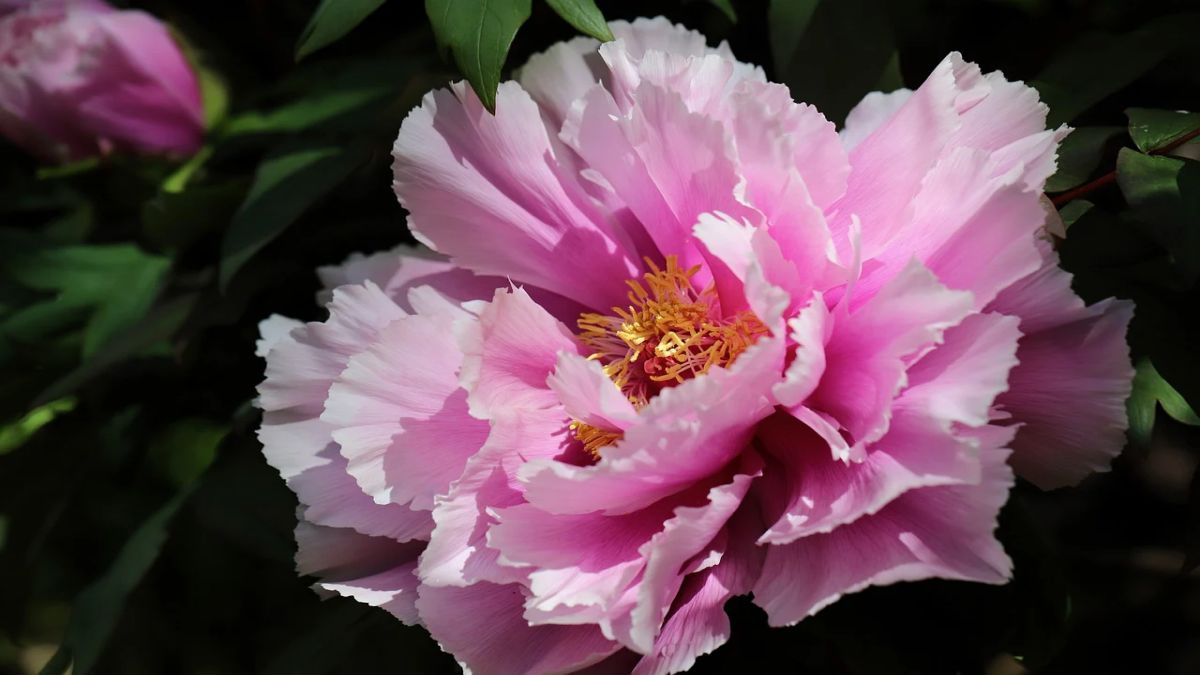
Choosing Annuals and Perennials
One of the biggest decisions you'll make when selecting plants is whether to go with annuals or perennials. Annuals are plants that complete their entire life cycle in one growing season, while perennials come back year after year.
Annuals are great for adding a burst of color to your garden, and they come in a huge variety of shapes, sizes, and colors.
Some of my favorites include zinnias, marigolds, and petunias. They're easy to grow from seed, and you can plant them in containers, hanging baskets, or directly in the ground.
Perennials, on the other hand, are a bit of a long-term investment. They take a little longer to establish themselves, but once they do, they'll come back year after year, often getting bigger and better with each passing season.
Some of my favorite perennials include daylilies, coneflowers, and hostas.
I like to use a mix of annuals and perennials in my garden to keep things interesting.
Annuals provide that instant gratification, while perennials give me something to look forward to year after year. And don't be afraid to experiment - you never know what hidden gems you might uncover!
Choosing Natives and Heirlooms
Another factor to consider when selecting plants is whether you want to go with native or heirloom varieties.
Native plants are those that are indigenous to your region, and they're often well-adapted to local growing conditions. They're also great for attracting pollinators like bees and butterflies.
Heirloom plants, on the other hand, are older varieties that have been passed down through generations. They often have unique characteristics, like unusual colors or shapes, and they can be a great way to add some history and character to your garden.
I love growing both native and heirloom plants in my garden. Last year, I planted a patch of native milkweed, and it was amazing to see all the monarch butterflies that it attracted.
And I've got an heirloom tomato variety that's been in my family for generations - it's not the prettiest tomato, but it's got a flavor that can't be beat!
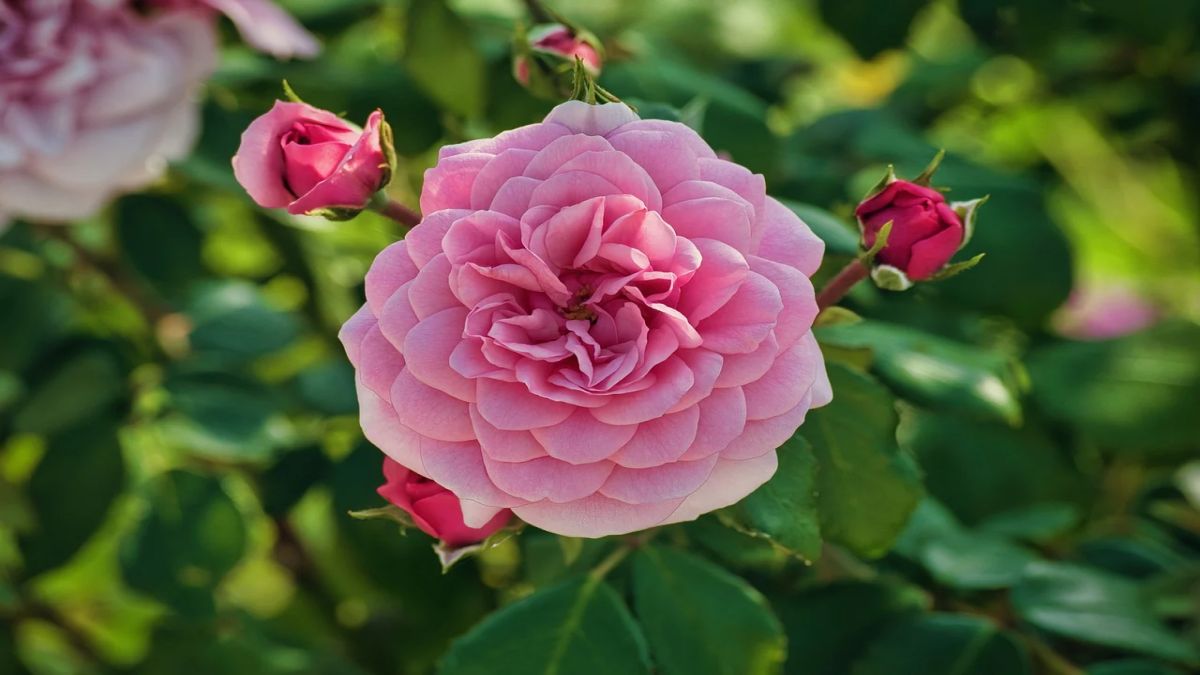
Choosing Edibles and Herbs
If you're looking to add some edible plants to your garden, there are plenty of delicious options to choose from.
Tomatoes, peppers, and cucumbers are always popular choices, but don't be afraid to branch out and try something new, like eggplants, okra, or even edamame.
Herbs are another great option for the edible garden. They're easy to grow, they come back year after year, and they add so much flavor to your cooking.
Some of my favorites include basil, rosemary, and thyme. And don't forget about edible flowers like nasturtiums and violas - they add a pop of color to salads and cocktails!
When selecting edible plants, it's important to choose varieties that are well-suited to your climate and growing conditions.
For example, if you live in a hot, dry climate, you'll want to choose heat-tolerant tomato varieties like 'Sungold' or 'Cherokee Purple'. And if you have a short growing season, you'll want to choose fast-maturing varieties.

Putting It All Together
Once you've decided on the types of plants you want to grow, it's time to start planning out your garden.
Think about the overall look and feel you're going for, and choose plants that complement each other in terms of color, texture, and height.
I like to create a mix of focal points, filler plants, and trailing plants in my garden. Focal points are the showstoppers that draw the eye, like a tall, dramatic plant or a striking color combination.
Filler plants are the workhorses that fill in the gaps and provide a backdrop for the focal points. And trailing plants are the ones that spill over the edges of containers or hang down from baskets.
Don't be afraid to experiment and try new things. Gardening is all about trial and error, and the more you play around with different plant combinations, the more you'll learn about what works best in your garden.
And remember, the most important thing is to have fun with it! Gardening is a journey, not a destination, and the joy is in the process. So get out there, get your hands dirty, and start growing something beautiful!
OTHER NEWS
-
- 10 Unique Indoor Garden Designs to Elevate Your Living Space
- By Molly Joshi 22 May,2024

-
- The Backbone of Your Garden: How Compost Can Transform Your Soil
- By Molly Joshi 17 May,2024

-
- How to Choose the Best Lawn and Landscaping Services for Your Home
- By Prodosh Kundu 28 Aug,2024

-
- Gardening Guide: Integrating Native Plants into Landscapes for Ecological Benefits
- By Prodosh Kundu 24 Jun,2024
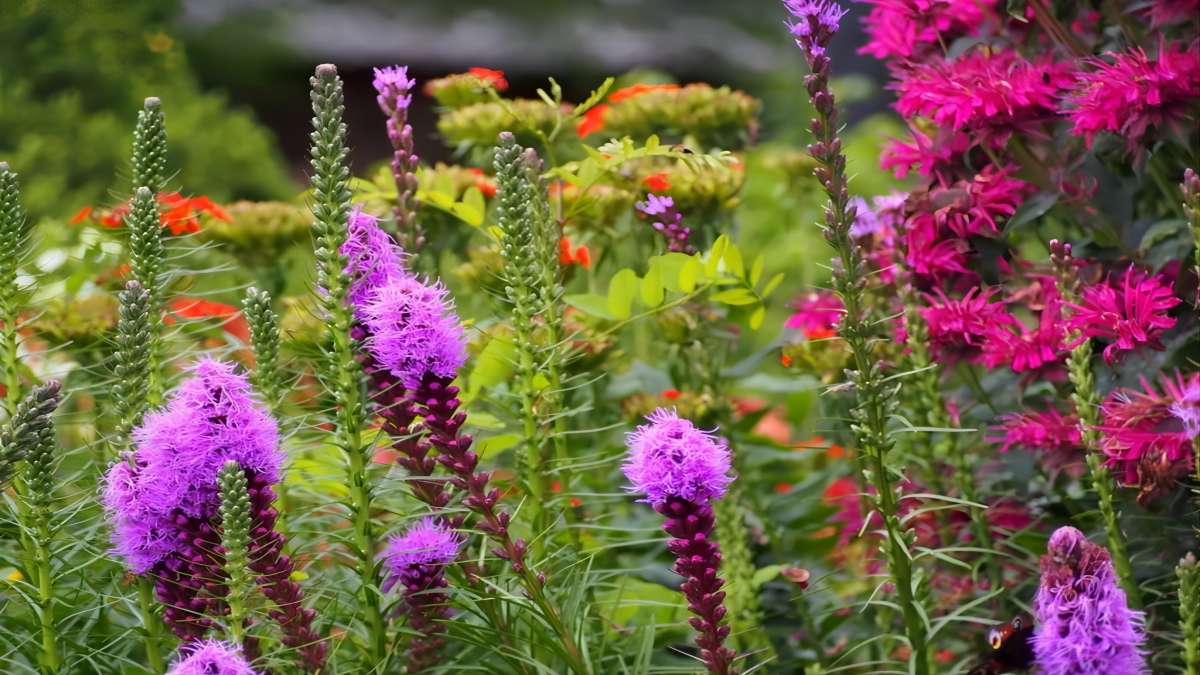
-
- Effortless Summer Gardening Hacks for a Lush Landscape
- By Molly Joshi 23 May,2024
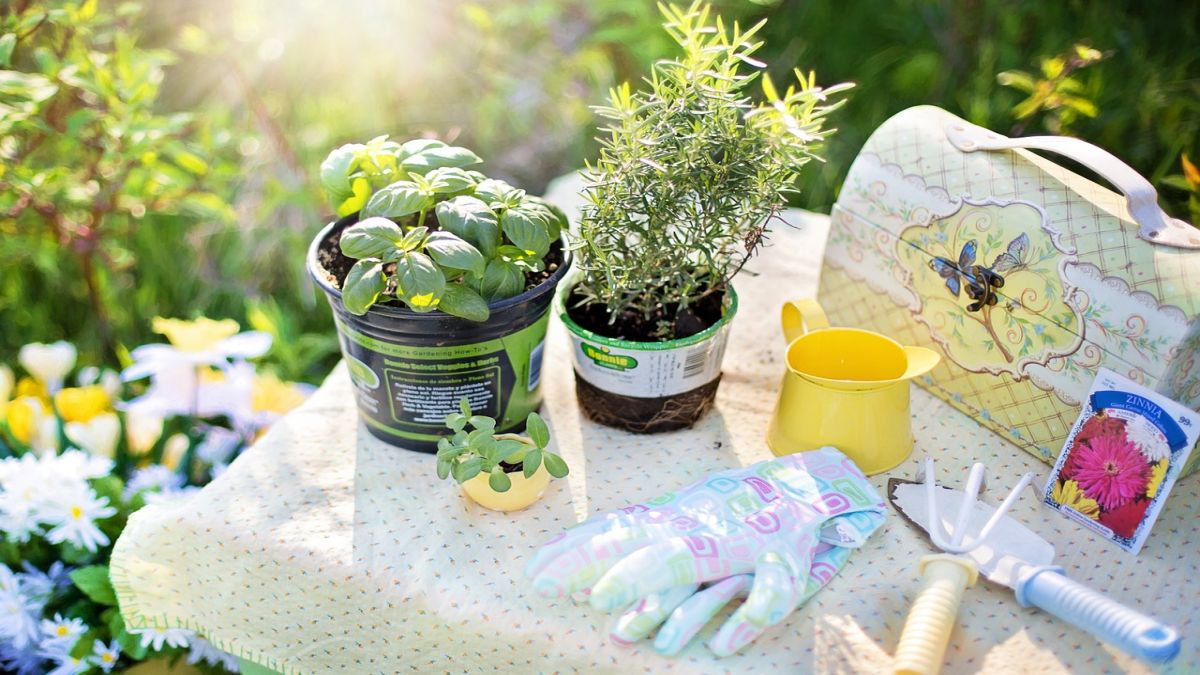
-
- Here’s a complete guide on what you should prepare before planting your seeds.
- By Prodosh Kundu 18 Jul,2024
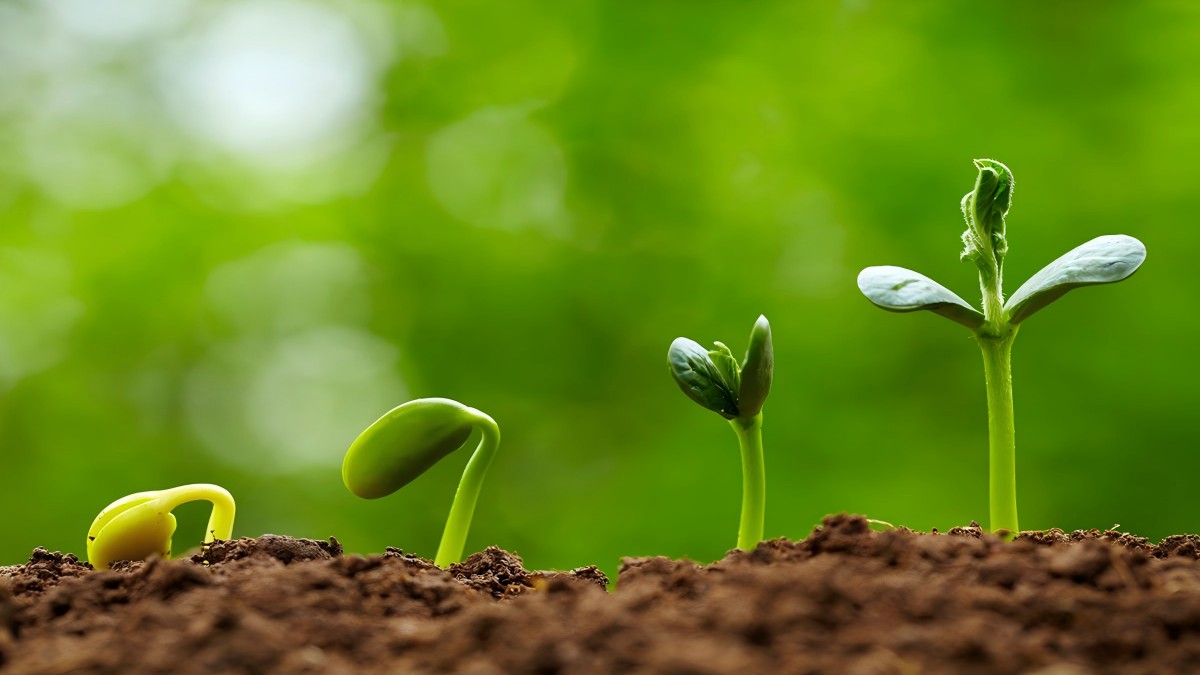
-
- Planting for Wellness: How Indoor Plants Can Improve Your Health and Happiness
- By Molly Joshi 22 May,2024

-
- Embrace the Beauty of Autumn: Essential Gardening Tips for Fall
- By Molly Joshi 23 May,2024
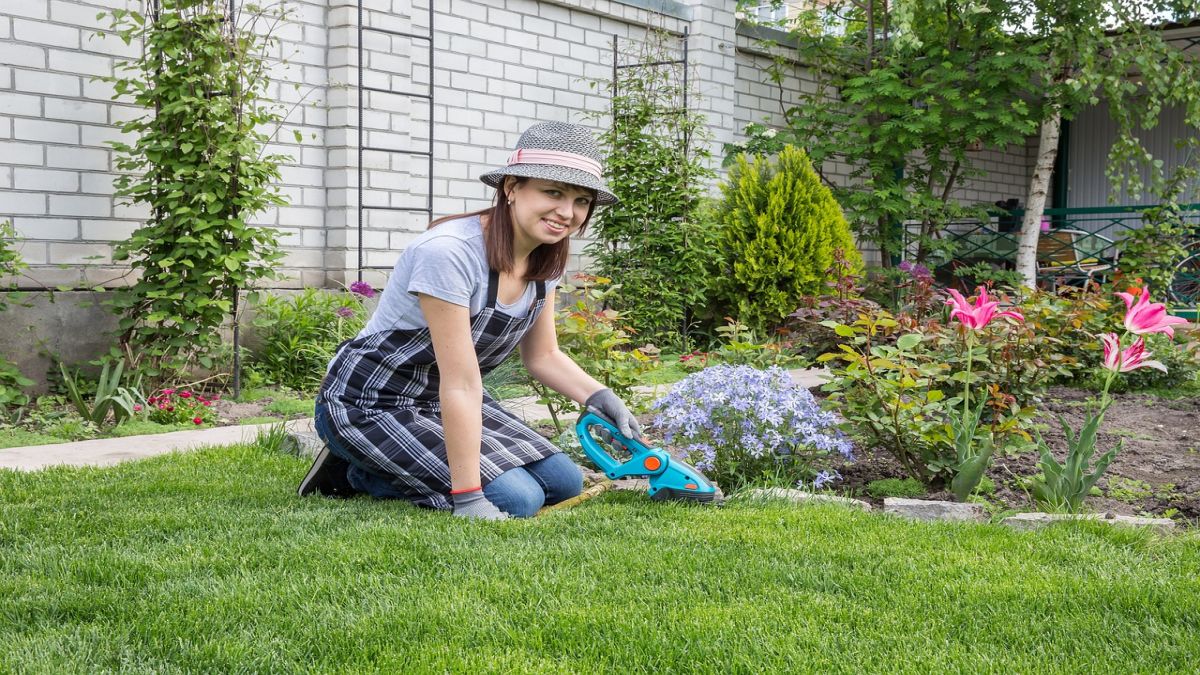
-
- Garden Harmony: Choosing the Right Plants for Your Perfect Oasis
- By Molly Joshi 22 May,2024

-
- Gardening Tips for Spring: Cultivating a Flourishing Garden
- By Molly Joshi 23 May,2024
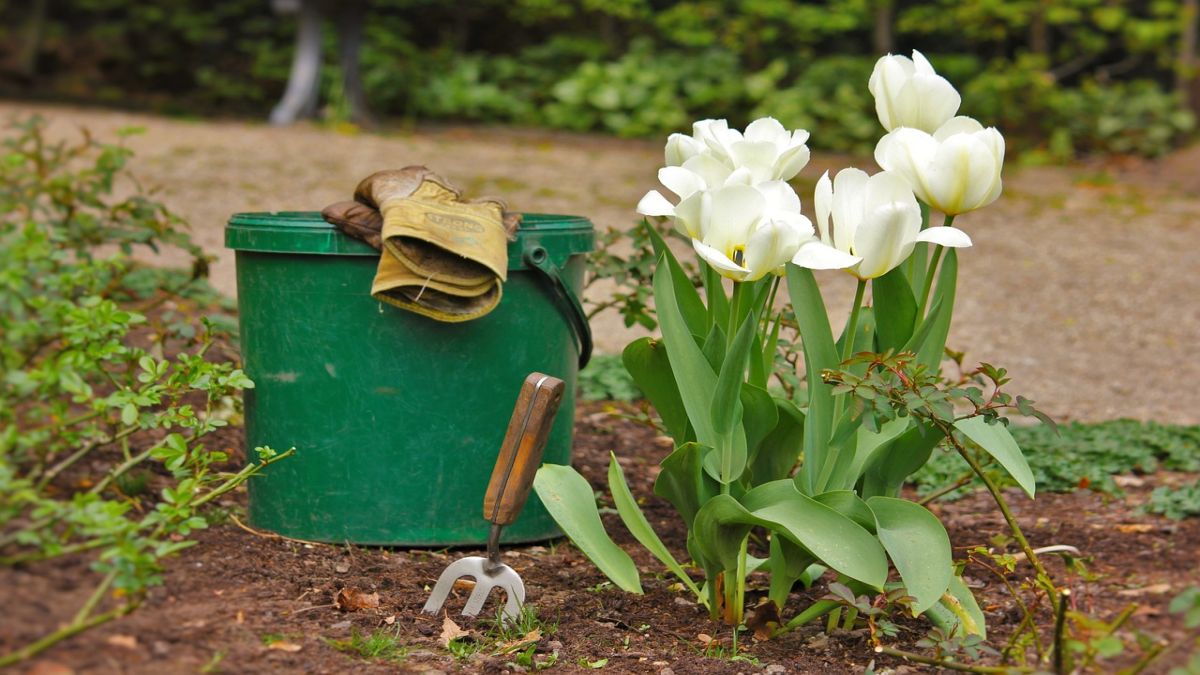
-
- In-Depth Guide to Selecting, Planting, and Maintaining Backyard Orchard Fruit Trees
- By Prodosh Kundu 03 Jun,2024
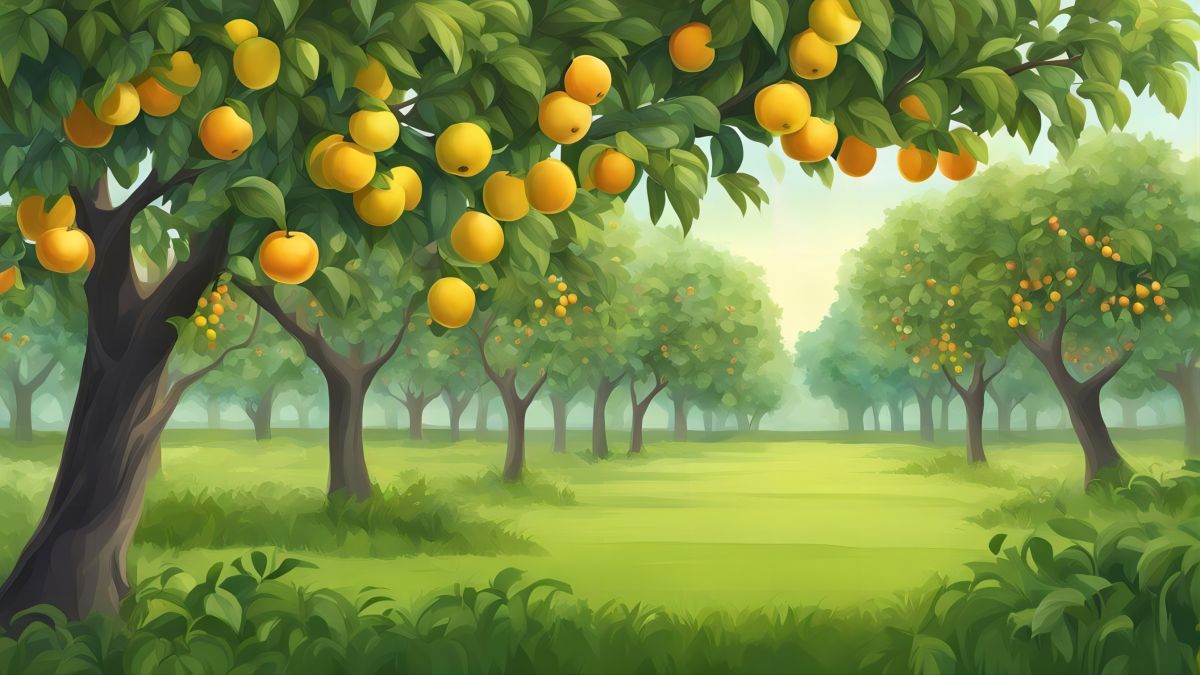
-
- Get Your Garden Groove On_ Essential Tools for Plant Parenthood
- By Molly Joshi 22 May,2024

 1
1 1
1